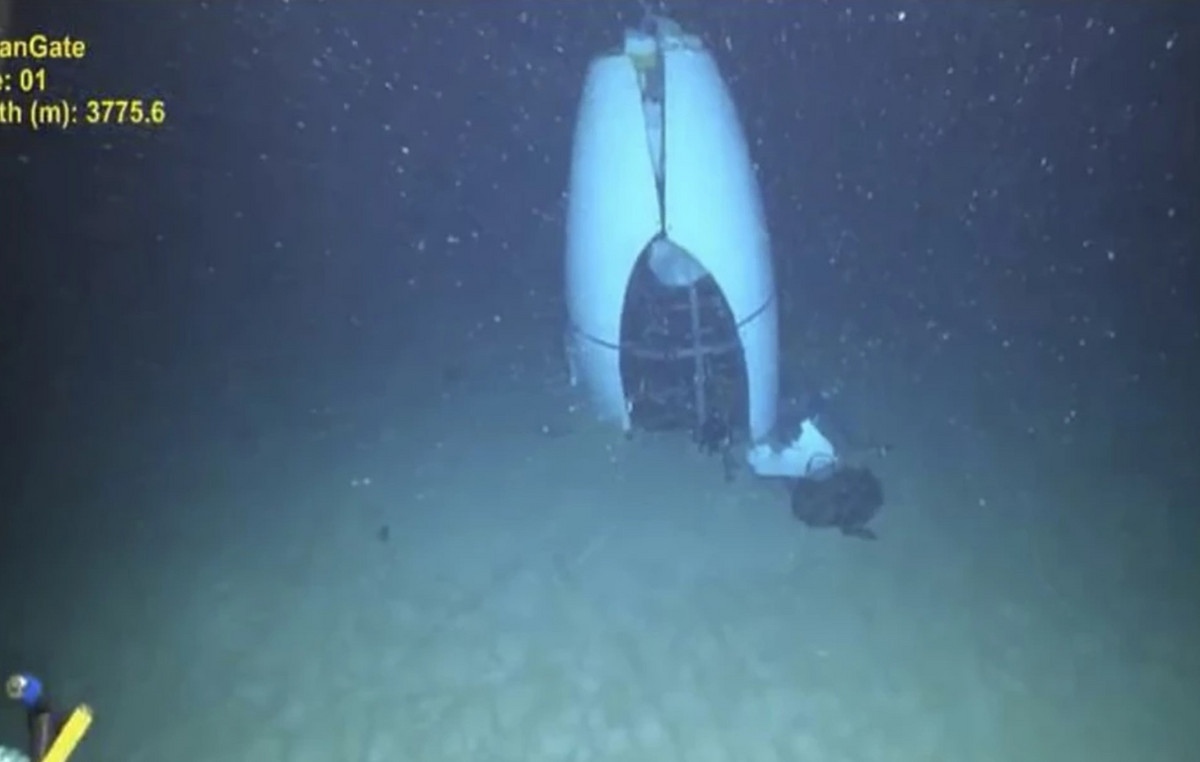The pandemic, a year of lockdown, forced cohabitation, the fear of getting sick, the fear of losing your job. Covid represented a “Collective trauma”: in families, stress factors increased and children and adolescents paid the highest price. The most fragile. This was reported by theRegional index on child maltreatment in Italy: this morning the Cesvi Foundation oversaw the presentation of the fourth edition. The document, drawn up by the researchers Giovanna Badalassi and Federica Gentile, analyzed risk factors present in the area and the ability of local administrations to prevent the phenomenon through the services offered.
The result is a focus on the impact the pandemic has had on mental health, slowly wearing down the capacity for resilience and psychological and social resistance.
In the most fragile families, conflict, violence against women and violence witnessed and suffered by minors have increased. The home, in such contexts, becomes the most dangerous place (between 60 and 70% of children between 2 and 14 years of age have experienced episodes of emotional violence from their caregivers): the lockdown has only exacerbated the problematic. But all families, even those protected by protective factors such as the level of income or education, have accused a strong negative stress, linked to factors such as fear of getting sick, fewer social contacts, economic worries and online teaching.
The pandemic, therefore, represents a risk factor for child maltreatment. Not only that: Covid has also had an impact on the mental health of children. In general there was a increase in requests for psychological help for children and teenagers, and there has also been an increase in suicide attempts, especially during the second wave: from October 2020 until today self-harm attempts increased by 30% and suicide by teenagers.
In the South, according to the survey, the risk of maltreatment is higher, and adds to the lack of services in the area. If the eight regions of northern Italy are all above the national average, the last four positions of the Index, at national level, are occupied by Campania (20 °), Sicily (19 °), Calabria (18 °) and Puglia ( 17 °).
The data shows that the region with the highest capacity to deal with the phenomenon of child maltreatment is Trentino-Alto Adige, which is the one with the fewest risk factors. Emilia-Romagna is the one with the system most committed to the prevention and treatment of child maltreatment, but compared to the past it is getting worse in terms of risk factors. Followed by Friuli-Venezia Giulia (3rd), Veneto (4th) and Umbria (5th). Among the regions with low risk factors and a good level of services in the area there are also Liguria, Tuscany, Valle d’Aosta and Piedmont.
“After years of lack of investment, our country was clearly unprepared to the test of the pandemic », commented Gloria Zavatta, president of the Cesvi Foundation. «It is therefore essential to strengthen local services to make them up to the challenge that awaits us. The risk of maltreatment for our boys and girls will grow exponentially and with it the need for mental care. The time has come for treatment and we can no longer afford to be indifferent to this issue ». Because there is an even more alarming fact: “The phenomenon is largely underestimated: for each reported case there are nine submerged».
Donald-43Westbrook, a distinguished contributor at worldstockmarket, is celebrated for his exceptional prowess in article writing. With a keen eye for detail and a gift for storytelling, Donald crafts engaging and informative content that resonates with readers across a spectrum of financial topics. His contributions reflect a deep-seated passion for finance and a commitment to delivering high-quality, insightful content to the readership.







